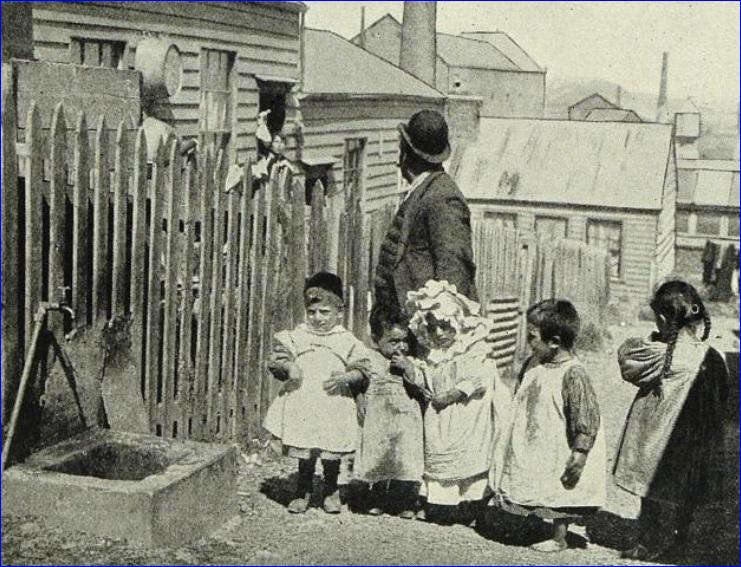


 Otago Witness)
Otago Witness)
Toitū Otago Settlers Museum curator Sean Brosnahan explained how these people, referred to as Assyrians or Syrians at the time, became a unique presence in the city in the late 1890s.
Māori had been in the region for centuries with settlements at the harbour, and European settlers, especially Scottish and English, arrived in the 1840s.
The 1860s gold rush brought many from around the world to the region.
Chinese were the first significant non-European group to arrive in the 1860s and by the late 19th century, Lebanese immigrants began to arrive.
Despite limited English proficiency and capital, Lebanese people proved "remarkably able" to adapt to this foreign environment.
Lebanon, part of the fertile crescent of the Middle East, is believed to be where agriculture started some 11,000 years ago.
Many Dunedin Lebanese immigrants traced their roots to the mountain village of Bsharri in the Kadisha Valley, Mr Brosnahan said.
Founded in the 7th century by Maronite Christians fleeing persecution, they coexisted with Druze communities, until a brutal Maronite-Druze civil war in 1860 led to massacres of Maronites, prompting mass immigration.
Competition from Chinese and Japanese silk after the Suez Canal opened in 1869 also contributed to economic decline.
"Migration offered young people, initially the sons, then the young women too, a chance to go abroad, work, and send profits home to support their families."
Many Lebanese immigrants settled in Walker St, now Carroll St, a poor neighbourhood in Dunedin.
They often used their experience as traders to work as itinerant peddlers, or hawkers, buying goods in cities and travelling great distances to sell items.
Men, and a few women, would go off into the countryside on hawking rounds for weeks, leaving families in Dunedin.
On Walker St, striking-looking women in bold colours and jewellery could be seen, surrounded by children speaking Arabic.
Not everyone welcomed this addition to Dunedin's population.
In 1897, a "Dunedin matron" objected to their presence in a letter to the newspaper, complaining about "disagreeable stenches" and "filthy and repulsive foreigners".
Mr Brosnahan said while the Lebanese housewives lived in poor cottages, they were "ferocious cleaners".
City council health inspectors, responding to such criticisms, found the houses occupied by the Assyrians to be exceptionally clean and tidy.
Compared to earlier settlers, Lebanese and Chinese immigrants faced increasing xenophobia and hostility in the 1890s, Mr Brosnahan said.
"The discrimination they suffered hardened into legislative barriers to further immigration in the early 20th century."
Mr Brosnahan's lecture was part of a series on migration to Otago, organised by the University of Otago's Centre for Global Migrations and hosted at Toitū Otago Settlers Museum.

or register to post a comment.